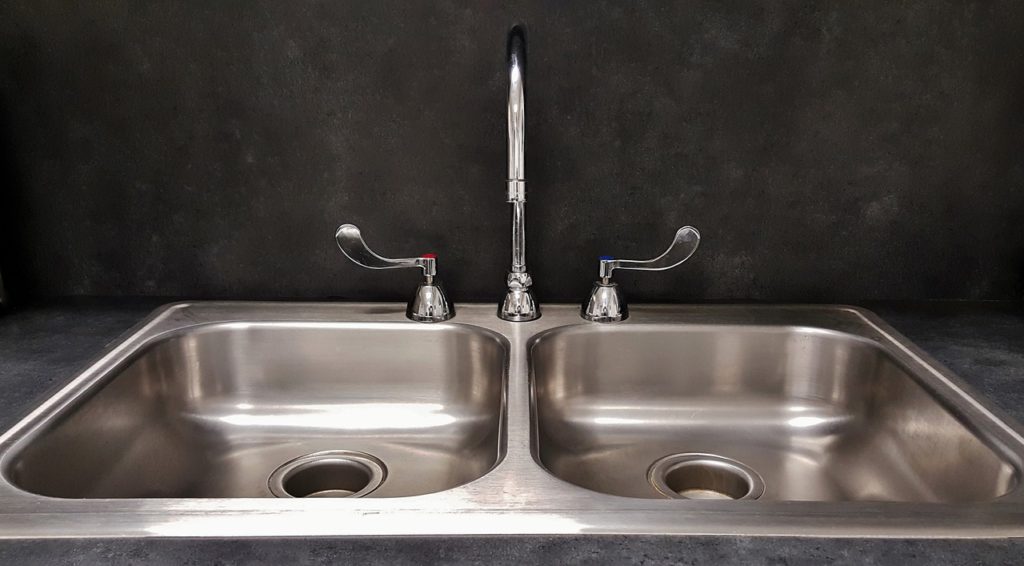
f you notice a foul smell in your house but can’t seem to find the source, you may want to check your drains. Dirty, clogged drains not only spread a strange smell through your home but bacteria as well. Among the most affected drains that face organic build-up, clogs, and foul smell are kitchen and bathroom drains since they transport the greatest amount of water flow and waste. Kitchen drains are clogged mainly by oil, fat, and grease, while bathroom drain clogs are formed from hair and scum from personal products. There are different methods to unclog your drains without having to call your plumber, including,
Using boiled water is the least expensive and the simplest fix to unclog your bathroom and kitchen drain. First, place half a gallon of water in your kettle or pot on a stove to boil. Then, pour the boiled water directly into the drain opening. Try to repeat the process if it is draining slowly or standing still. If the boiled water fails to dislodge the clog, move on to a different method. Avoid using boiled water on drains attached to PVC pipes since it may melt or damage the plastic.
This is a natural approach and a better alternative to using chemical drain cleaners to unclog your drains. Baking soda and vinegar are also household items, making it a more convenient method. First, remove standing water from the sink using a cup or bowl. Next, pour one cup of baking soda followed by a cup of vinegar down the drain opening. Seal the opening with a cover or stopper and allow the mixture to sit for 15 minutes. Remove the stopper and run boiled water down the drain to break up more intense clogs. If you see any progress, repeat the process to double down on the blockage.
Your garbage disposal may also be the root of your problem. If the clog is at your disposal, turn it on and run hot water for a minute or two to break up the blockage. If this doesn’t work, turn off the disposal and check if the disposal is running correctly. An overheated garbage disposal may fail to turn on since it has automatically switched off. You will have to restart it at the base switch, which is found at the bottom or side of the disposal unit, underneath the sink.
If none of the above methods work, switch to a more manual approach, a household plunger. First, use a stopper or wet cloth to seal the drain of the other sink if you have a double sink. Next, fill the sink you intend to plunge with enough water to create a tight seal around the plunger with water covering the bell of the plunger. Hold the plunger firmly over the drain and plunge vigorously multiple times. Immediately you hear the suction clear the clog remove the plunger, and run warm water into the drain.
Baking soda, vinegar, and lemon juice are effective methods to keep your drains smelling fresh. Always run plenty of water down the drain after use and know what you can and cannot put down the garbage disposal. Remember that it’s always easier to avoid clogs than deal with a clogged drain.